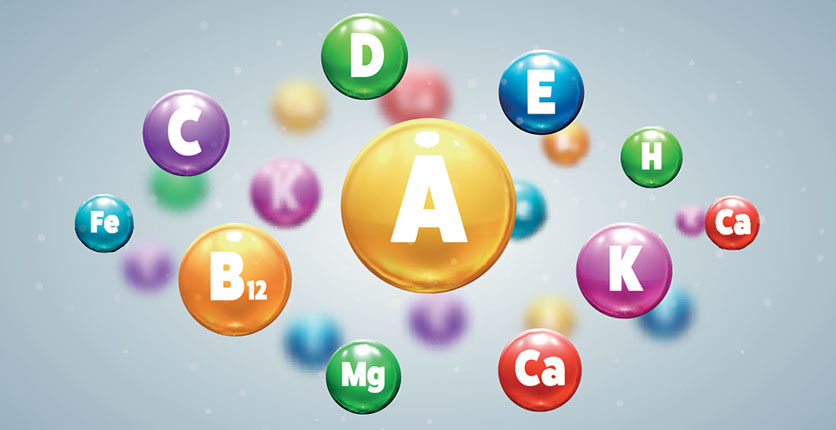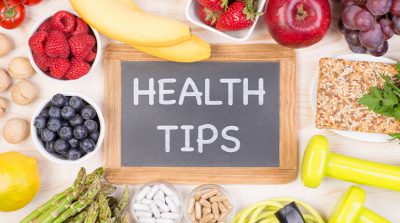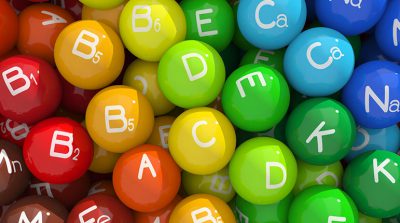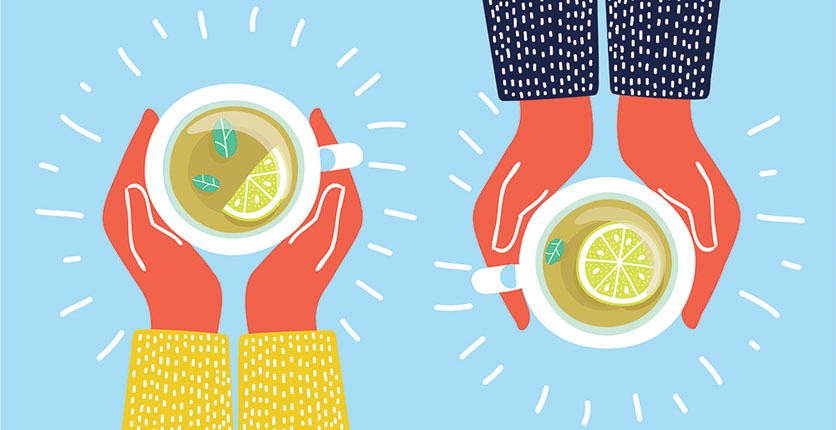We all know that vitamins are good for us, but how much do we really know about these nutrients? If you have forgotten or skipped over the details about what they are, what they do for you and in which foods they are found, here’s a 101 about the 13 essential vitamins you need. And don’t worry, it’s split up in two parts (look out for part 2 that’s all about the group of 8 vitamin Bs) and are simple enough that even your kiddo can remember these ABCs!
What are vitamins?
Basically they are nutrients that your body needs to function and stay in the pink of health. These essential compounds composed of organic molecules (meaning they contain carbon and can be broken down by heat, air or acid) perform numerous roles for your body such as helping to convert food into energy, heal wounds and boost your immune system, amongst hundreds of other functions.
Though we need small amounts of them (they are also called micronutrients, and are measured in milligrams, micrograms or international units; look up Health Hub to check out just how much you need), our bodies either do not produce or produce enough of these “raw materials” on our own. Hence, we get them from the natural foodstuffs we eat or supplements we take. Like how eating too much food is not good for our health, neither is it great for us to be too “enthu” and consume large amounts of vitamins. But, more importantly, if we don’t have enough of any type of vitamin in our daily diet, we might end up suffering from diseases and health problems such as bad teeth, bad skin, bad everything.
Types of vitamins
These are the 13 recognised essential vitamins to know: A, C, D, E, K and the B group of vitamins (B1, B2, B3, B5, B6, B7, B9 and B12). These vitamins are grouped into two main types: fat-soluble (A, D, E and K); and water-soluble (B and C). The first group can be found in fatty foods and oils, and are stored in the fatty tissues and liver of your body to be used up over a period of time. The second group can be found in the watery portions of food, circulates easily through the body, and is regulated by the kidneys with the excess excreted in the urine. Capisce? Now we put the spotlight on each star of the show, starting with vitamins A, C, D, E and K.
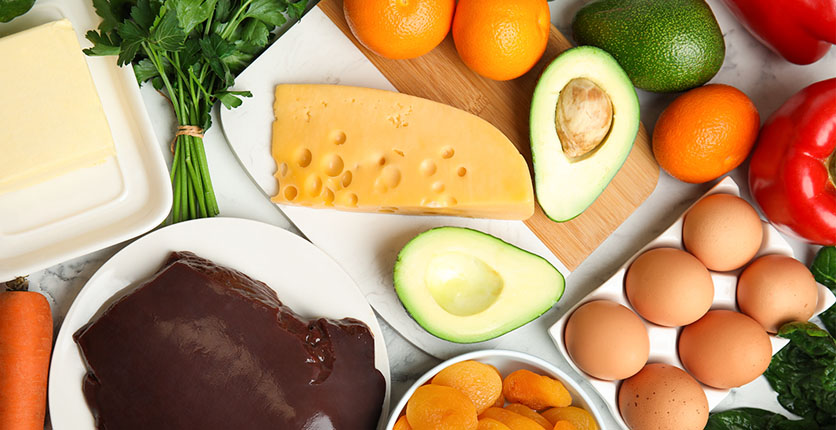
Vitamin A
(also known as retinol and as a group of carotenoids)
Want the eyes of a hawk? Then this is the vitamin you need. What else it’s good for: boosting the immune system, healthy skin (it lessens the risk of acne!), muscle tissue growth and reproductive system, and organ maintenance. Get your intake of this vitamin from milk products, cod liver oil, carrots, sweet potatoes, broccoli, spinach, pumpkins, liver and eggs. If you don’t consume enough, be prepared to deal with night blindness and dry eye diseases.
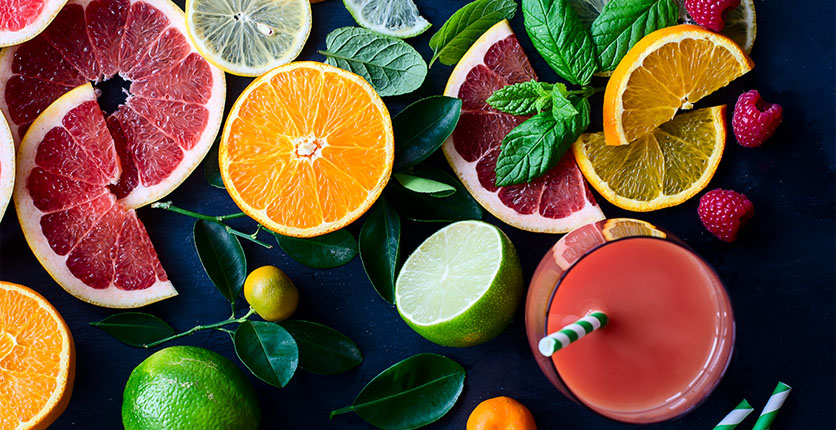
Vitamin C
(also known as ascorbic acid)
Probably the most popular of the lot, this is the one most people take when they want to fight off the sniffles. While it is known to help boost one’s immune system, it is also regarded as an antioxidant that is supposed to have inhibiting effects on the aging process, while also contributing to bone and iron formation, strengthening of blood vessels, healing of injuries and collagen production. And don’t just slice up citrus fruits for dessert; stuff some spinach, cabbage, potatoes and tomatoes into your main meals as well to get your dose of vitamin C. Bleeding gums, bad teeth, poor healing rate and tissue growth, anemia and even scurvy may afflict you if you don’t.

Vitamin D
(also known as ergocalciferol or cholecalciferol)
It’s a must-have for the healthy mineralisation of your skeleton; it helps bone tissue growth by absorbing the calcium from different sources such as the sun’s rays (they cause your body to produce this vitamin). Don’t get out much? Just make sure to chomp on mushrooms, beef liver, eggs, fatty fish, fish oils, cheese, milk and yoghurt, otherwise, a lack of “D” vitamin might lead to osteoporosis (bone mass reduction), or a softening of the bones for both adults (osteomalacia) and children (rickets).
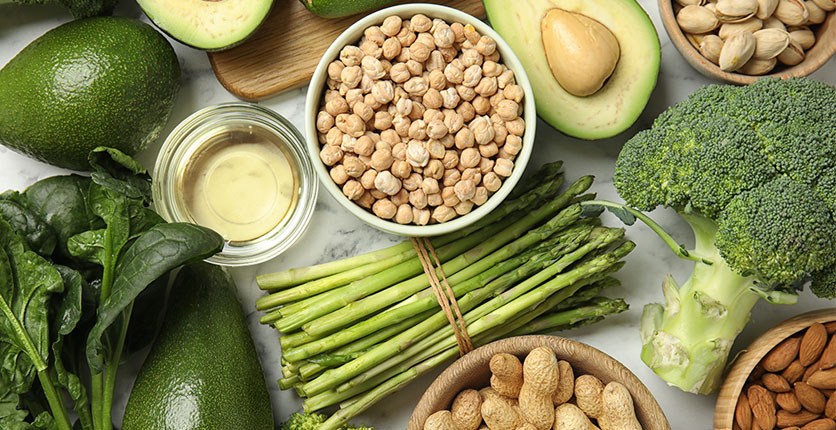
Vitamin E
(also known as tocopherol or tocotrienol)
This fat-soluble antioxidant can help to battle oxidative stress, thereby building up your body’s defence against and lessening the risk of disease and inflammation. Look for it in nuts (especially almonds), kiwi fruits, corn, eggs, leafy greens, wheat germ and vegetable oils (margarine counts, too). Neuropathy (nerve damage or dysfunction) and a breakdown of red blood cells could occur if you are deficient in your consumption of the vitamin.
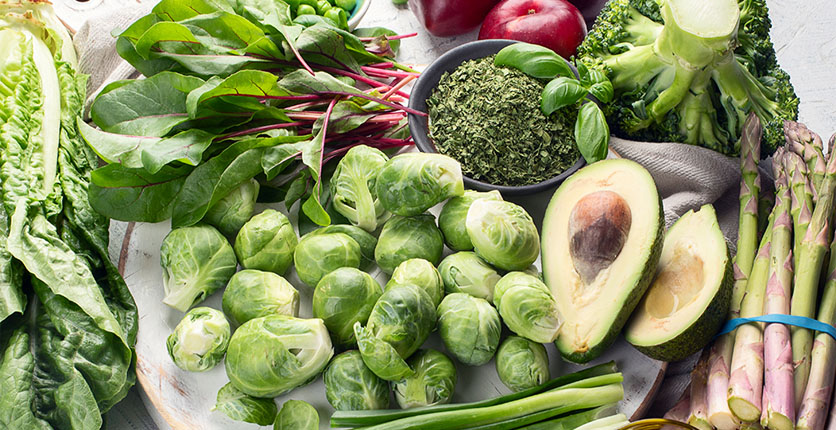
Vitamin K
(also known as phylloquinone or menaquinone)
Consider this as the main MVP for blood clotting. Chew on green leafy veges such as cabbage, spinach, kale, parsley and broccoli, as well as pumpkin, natto and figs. Unless you want to develop an increased susceptibility to bruising and bleeding, and poor bone health, that is.
That’s it for the first group of vitamins! Keep an eye out for part 2 of “Know Your Vitamin ABCs”, where we delve into the “8-member-big” group of B vits.
Featured image: Shutterstock
